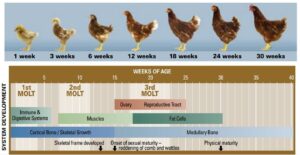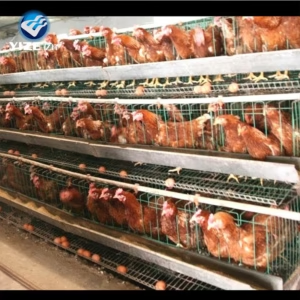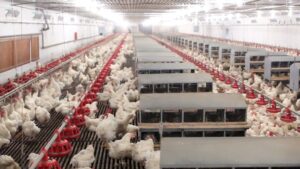Taxonomic Procedures: Taxonomic procedures are systematic steps used by taxonomists to identify, describe, classify, and name organisms.
Thank you for reading. Don't forget to subscribe & share!
Main Steps in Taxonomic Work:
Collection of Specimens: Gathering organisms from their natural habitats for study.
Observation and Recording: Detailed examination of morphological, anatomical, ecological, and behavioral characters. Noting habitat, habits, and variations.
Identification: Matching the unknown specimen with known species using keys, floras, manuals, or experts.
Classification: Organizing species into hierarchical groups based on similarities and differences.
Description: Preparing a formal scientific description using recognized terminologies.
Nomenclature: Assigning a scientific name following the rules of ICZN (animals) or ICBN (plants).
Documentation and Publication: Publishing findings in scientific journals, ensuring peer review and public record.
Accurate taxonomy helps in biodiversity studies, conservation biology, agriculture, and medicine.
2. Taxonomic Collection: Taxonomic collection refers to the gathering and assembling of specimens for study and reference.
Principles of Good Collection:
Representativeness: Collect typical as well as variant forms.
Correct Labeling: Each specimen should have data on:
Date
Location (GPS if possible)
Habitat type
Collector’s name
Ethical collection: Avoid over-collecting endangered species.
Legal compliance: Follow local and international regulations.
Types of Collection:
Botanical Collection: Plants are pressed, dried, and mounted on herbarium sheets.
Zoological Collection: Animals are preserved using chemical solutions (e.g., formalin, alcohol).
3. Preservation: Preservation is the protection and maintenance of collected specimens in a stable condition for future research.
Methods of Preservation:
| Organism | Preservation Method |
| Plants | Pressing and drying; stored in herbaria |
| Insects | Pinning and drying; kept in insect boxes |
| Fishes, Amphibians, Reptiles | Preserved in 10% formalin or alcohol |
| Mammals | Taxidermy (stuffed skins), skeleton preparation |
| Microorganisms | Cultures on media, cryopreservation |
Key Points:
Fixation: Specimens are treated to prevent decay (e.g., using formaldehyde).
Storage: Preserved in controlled environments (humidity, temperature, light control).
Regular Monitoring: Check for damage, fungal growth, or chemical degradation.
4. Duration of Preservation: Properly preserved specimens can last for decades or even centuries!
Examples: Plant specimens in well-maintained herbaria (e.g., Royal Botanic Gardens, Kew) last over 200 years.
Zoological collections (e.g., skeletons, skins) can last indefinitely with careful maintenance.
Key Factors affecting duration:
Quality of initial preservation
Environmental control (temperature, humidity)
Protection against pests (insects, fungi)
Purpose: Long-term preservation provides a historical archive of biodiversity.









